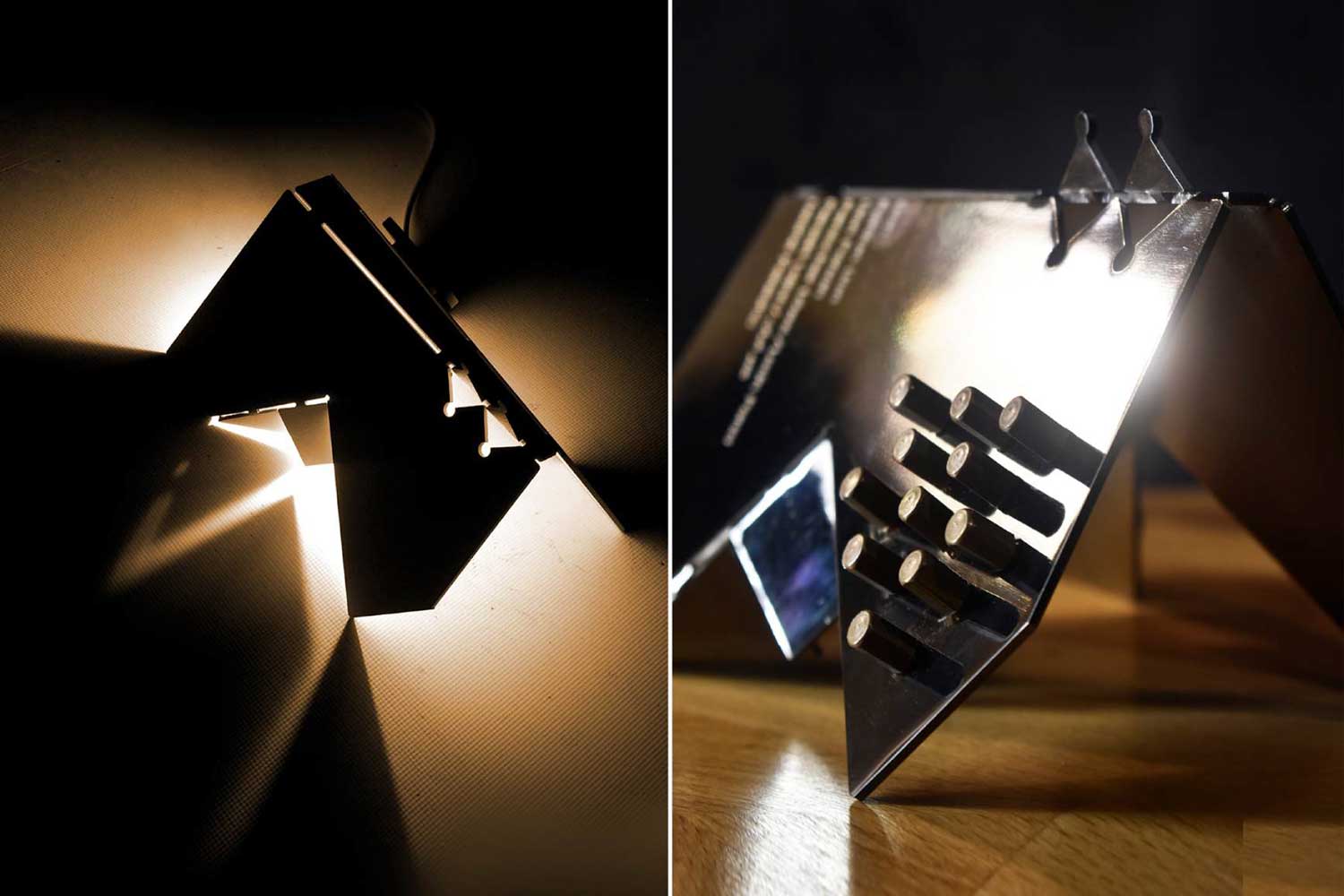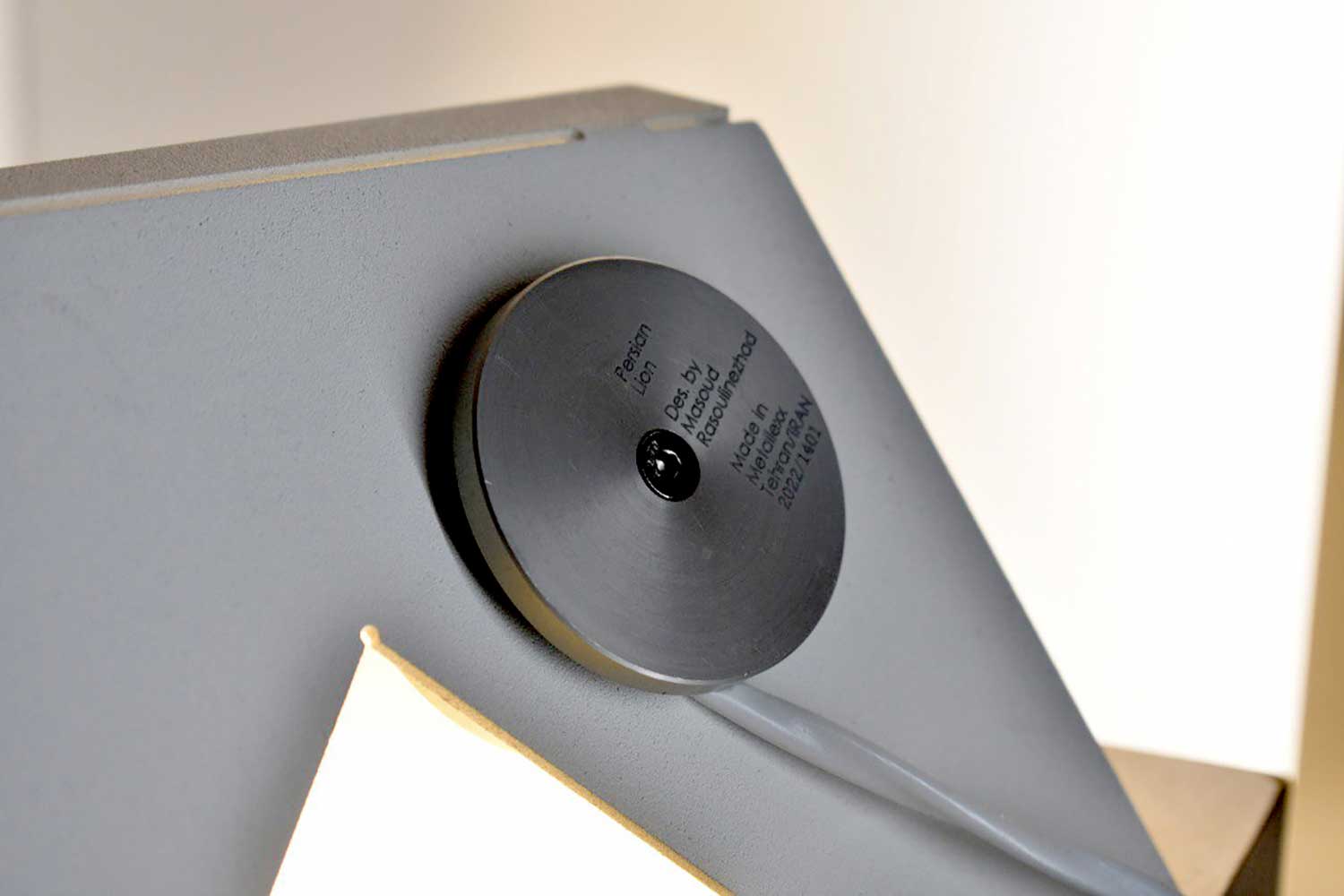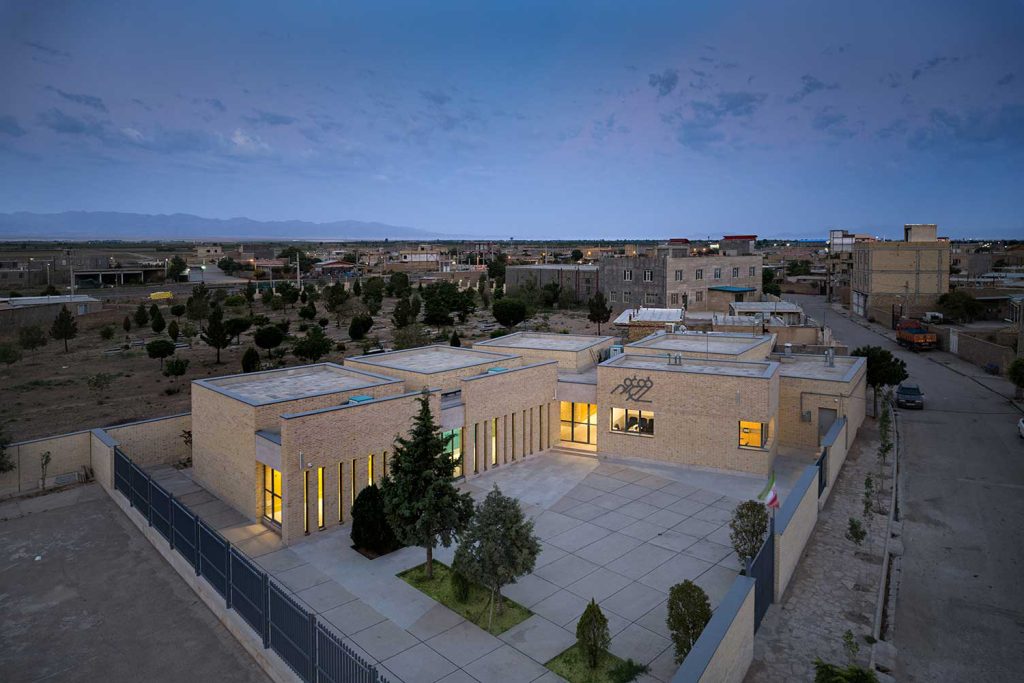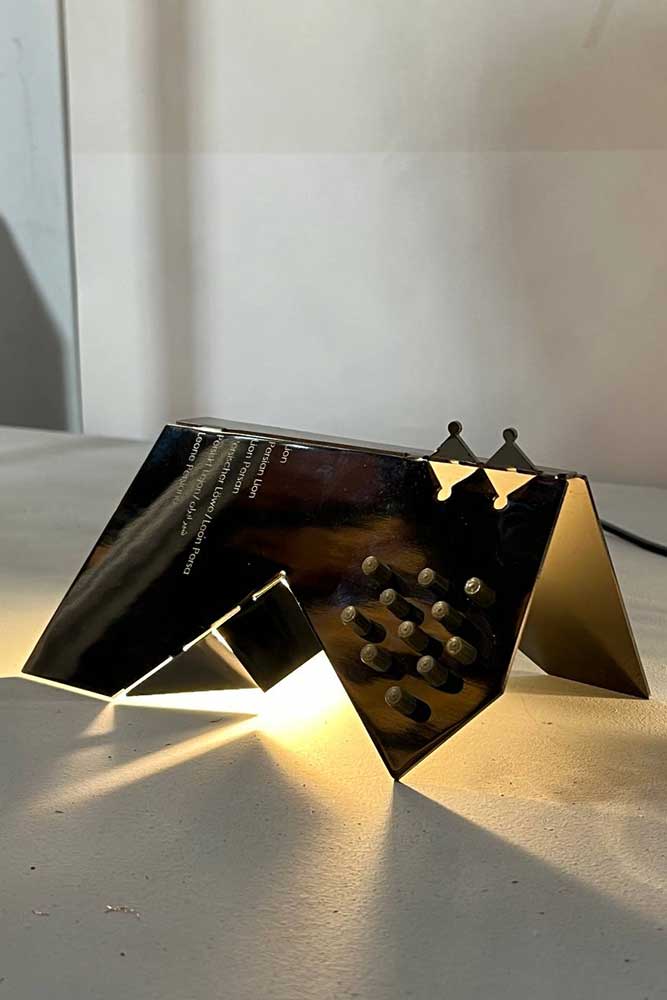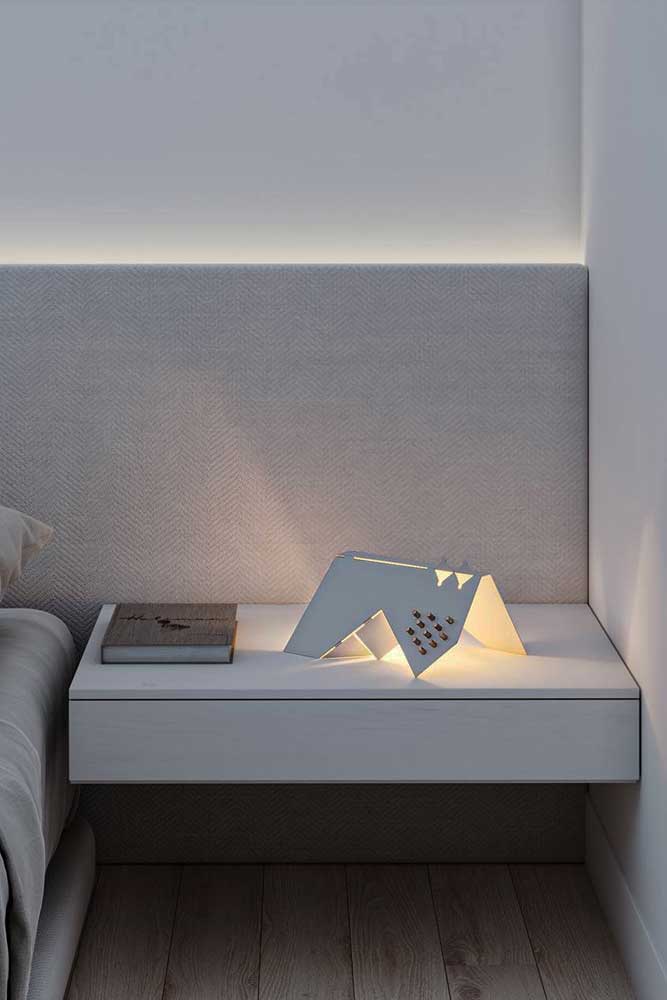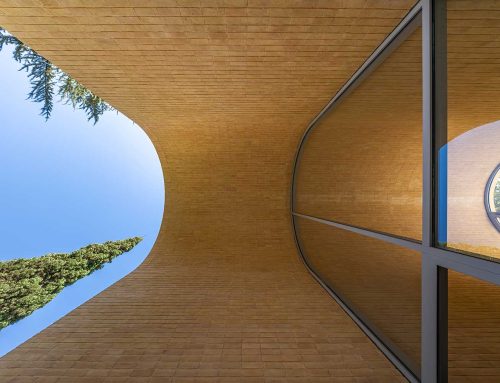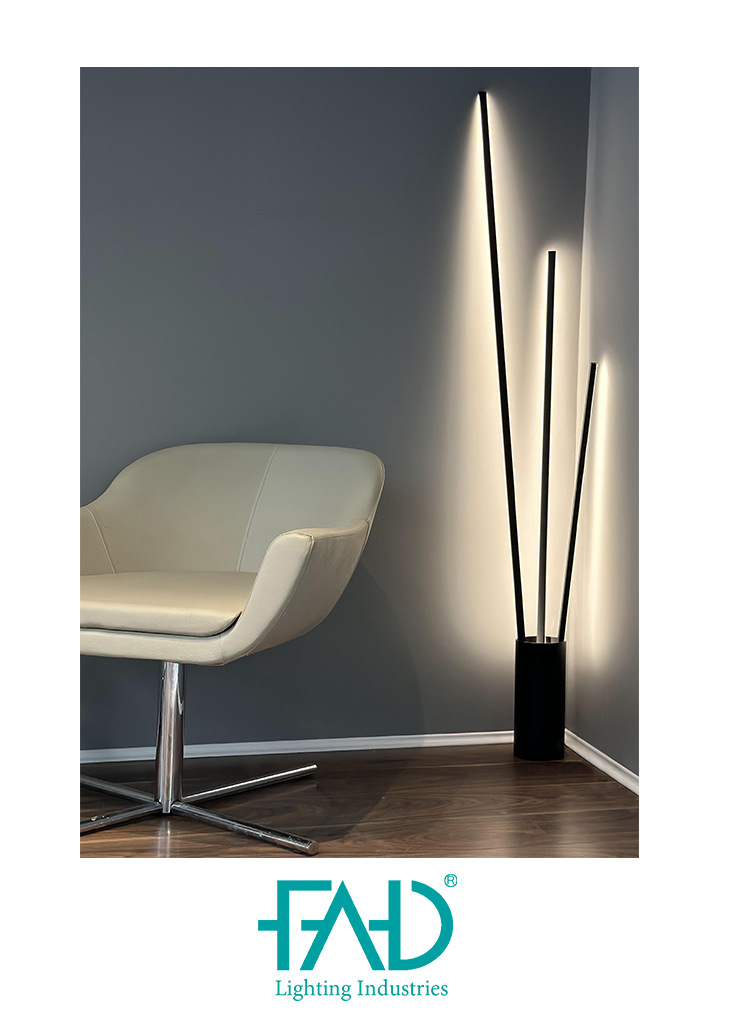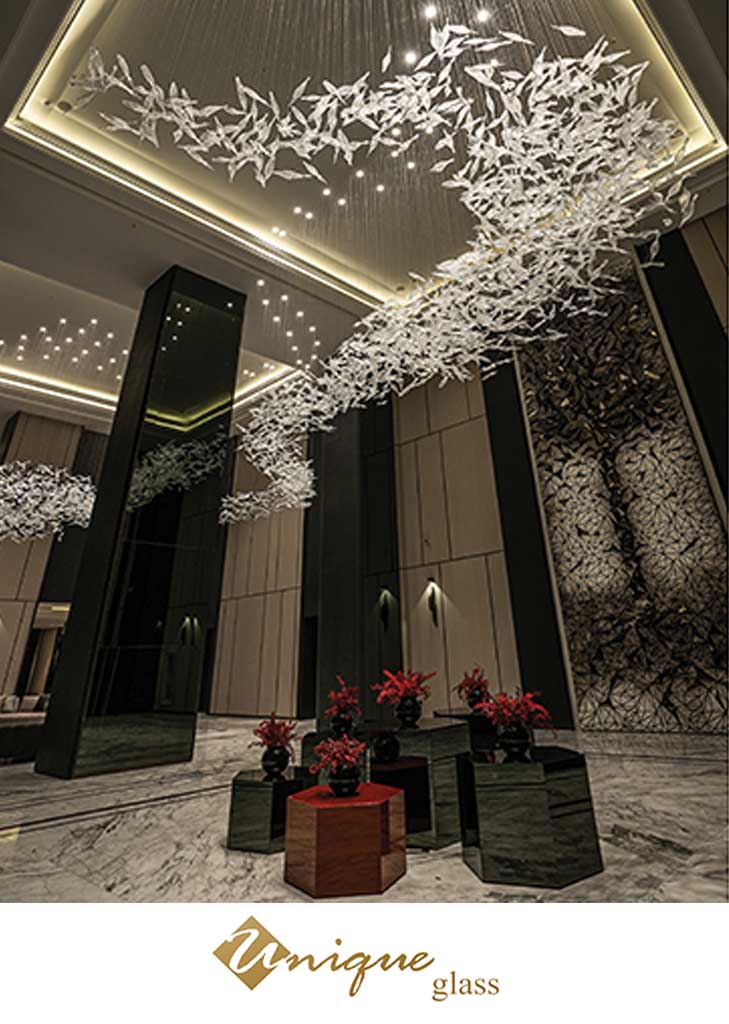طراحی چراغ بر اساس کانسپت شیر ایران اثر مسعود رسولی
چهارمین شب معماران، رتبهی اول دوازدھمین جایزه ی ملی طراحی، 1403، بخش طراحی صنعتی
Lamp design based on the concept of the Iranian lion / Massoud Rasouli
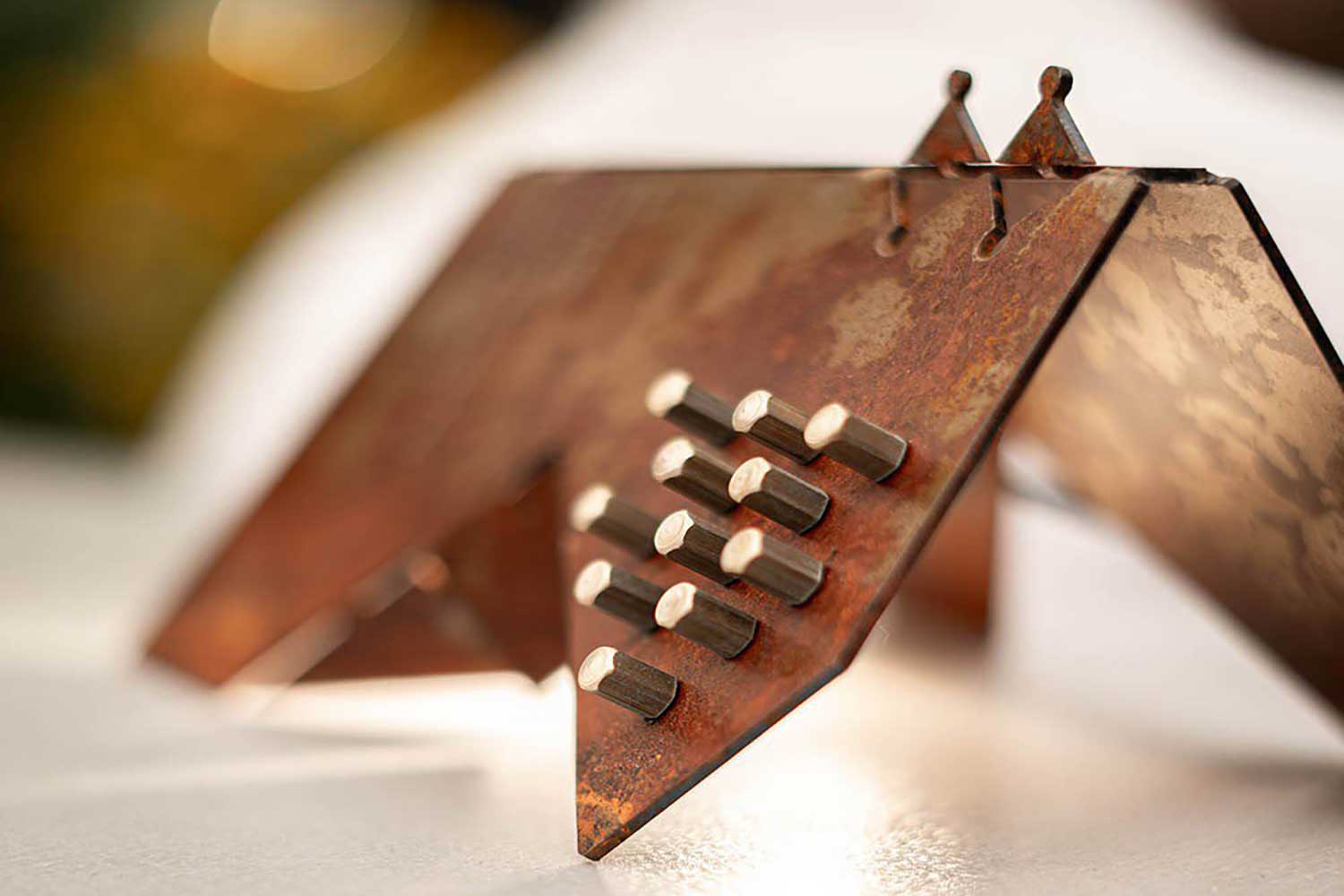
شیر ایران نماد باستانی سرزمین پرشیا است با سابقهی ۳ تا ۷ هزار ساله، و یکی از رایجترین نمادهای تمدن انسانی است. محبوبیت اسطورهای، داستانی چون سلطان جنگل، در نقاشی و مجسمه، شعر و رمان، ستارهشناسی، تبلیغات و فرهنگ عامه به فراوانی یافت می شود.
در عهد کهن ایران را کشور شیران میشناختند[ اشاره به شاهان هخامنشی] در آیینهای میترایی، زرتشتی و اسلام شیر همواره نماد قدرت و عظمت بوده است تا جایی که در مذهب شیعه به مرتبهی بالاتر رسیده و بر سکهها ضرب شد، چیزی که به تدریج به مراکز مذهبی نیز راه یافته و بصورت علامت رسمی کشور در آمده و نیز توسط کاربردهای عامه و مردمی بصورت نشان ملی جلوهگر شده است.

The Iranian lion is an ancient symbol of Persia with a history of 3 to 7 thousand years, and is one of the most common symbols of human civilization. The popularity of a myth, a story like the king of the jungle, can be found in paintings and sculptures, poetry and novels, astronomy, advertising and popular culture. In the ancient era, Iran was known as the country of lions [referring to the Achaemenid kings]. In the Mithraic, Zoroastrian and Islamic religions, the lion has always been a symbol of power and greatness to the point where it reached a higher rank in the Shia religion and was minted on coins, something which has gradually made its way to religious centers and has become the official symbol of the country and has also been manifested as a national emblem by popular and popular usages.
